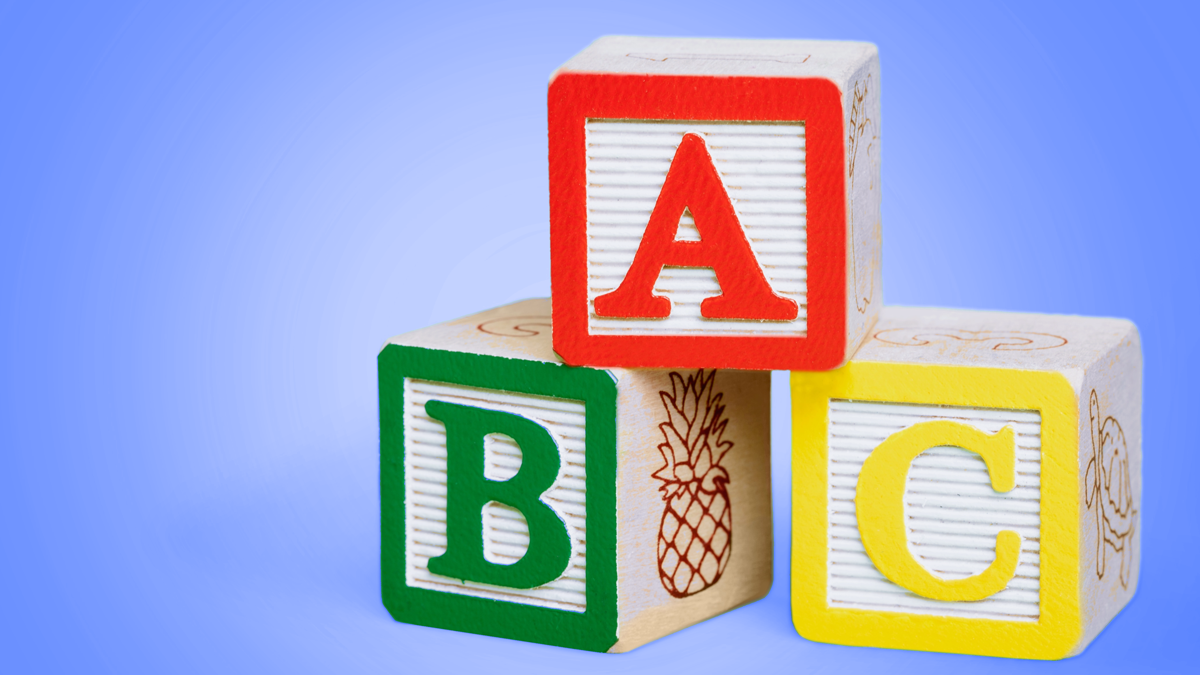
As a teacher it can be easy to get caught up in the daily challenges and forget that we DO make a difference to students’ learning. It seems so obvious when you write it down, but I often hear “But our kids can’t…” or “No matter what I do, they don’t…” from teachers. These teachers have become caught in the mire and can’t see how they can make an impact.
The good news is that very few problems in the classroom cannot be overcome with excellent, explicit teaching.
Earlier this year, we attended Dr Anita Archer’s workshop which covered explicit instruction - a structured, systematic form of teaching. As Dr Archer explains in her book (cowritten with Charles A Hughes) Explicit Instruction: Effect and Efficient Teaching:
“Explicit instruction is charaterized by a series of supports or scaffolds, whereby students are guided through the learning process with clear explanations and demonstrations of the instructional target, and supported practice with feedback until independent mastery has been achieved.”
Explicit instruction in teaching means proceeding in small steps and making sure a concept is understood before building upon that in the next step. This form of teaching also encourages active participation and engagement from students.
Pat and I have seen massive improvement in learning from explicitly teaching the skills and content required by the assessment, or by supporting students’ writing with purposeful graphic organisers and sentence starters.
Each book in the How To Write What You Want To Say… series features sentence starters to help students demonstrate a writing skill. In some cases, these sentence starters are supported by questions and graphic organisers that can help a young writer pull their ideas together. These tools give a student the building blocks they need to write effectively.
As an example, if a primary school student needs to make connections in their writing, they can turn to How To Write What You Want To Say… in the Primary Years and find prompt questions, a graphic organiser and sentences starters.
 The questions, which include “What do I already know about this? and “Has something similar happened to me?” can help the student identify the connections they can make. They can then explore this further by using the Bringing It Together template to sketch out their ideas. The student can then take these connections and apply them to the sentence starters to turn their ideas into words.
The questions, which include “What do I already know about this? and “Has something similar happened to me?” can help the student identify the connections they can make. They can then explore this further by using the Bringing It Together template to sketch out their ideas. The student can then take these connections and apply them to the sentence starters to turn their ideas into words.
Using the prompt questions, graphic organiser and sentence starters helps to break down their work into three smaller steps to help students focus and engage with the writing task.
Don’t forget, it is possible for teachers to make a difference in their students’ learning. We CAN do it. It's our entire purpose as educators!
About the author:
Catherine Black is an independent literacy consultant living in northern New South Wales. She specialises in literacy in-service and resources for upper primary and lower secondary teachers of all subject areas. She is co-author of How to Write What You Want to Say... in the Primary Years.





